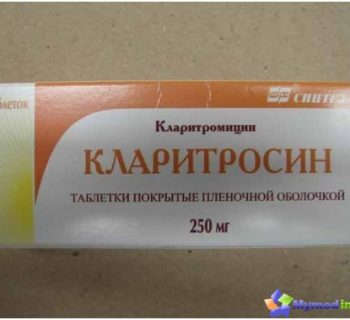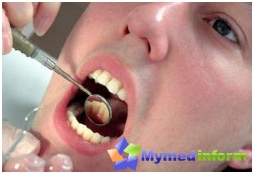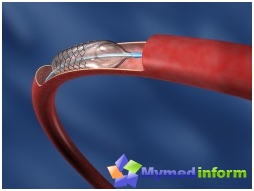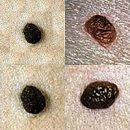
Thus, this disease most often occurs in people who have problems with nerves, damage to the blood arteries, the pathology of soft tissues or bones. Ulcerations can appear almost anywhere on the human body, but most often they are formed on the legs, namely in the footsteps, ankles and in the field of knees. In rare cases, the trophic ulcer appears on mucous membranes. The disease is dangerous in that the affected area of the skin on which the ulcer was formed, due to the lack of normal blood flow, it is not able to heal and therefore it is difficult to treat. At the same time, the skin on this site becomes vulnerable to malicious bacteria.
Trophic ulcer usually appears due to blood supply disorders, which leads to problems with microcirculation, fabric metabolism failures and a deficit of some nutrients. As a result, the skin area with ulcer becomes too sensitive to other traumatic factors.
Symptoms
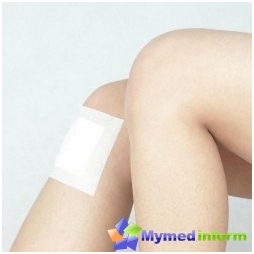
Trophic ulcer is usually characterized by a rather long recurring current. And if you do not treat the main disease and do nothing with the venous stagns in the tissues of the lower extremities, then the ulcer appears again and again. For this reason, the most optimal option for the treatment of trophic ulcers is to conduct conservative treatment with the subsequent operation on the veins.
Depending on the state of the patient, the treatment is carried out outpatient, in conditions of the hospital or at home. During treatment, a defective section is processed every day with a napkin or sponges with antiseptic solutions, after which the bandage with healing ointment is superimposed on an ulcer. From above the bandage is fixed with an elastic bandage. In order for ulcers to heal, it needs to be reliably protected from possible injuries.
In the treatment of trophic ulcers, first of all, it is necessary to treat the main disease, t. E. The disease becomes the complication of this pathology. In particular, venous insufficiency, diabetes and arteries diseases are treated. Medical practice shows that the operational treatment of trophic ulcers is most effectively. This is due to the fact that the reasade itself is eliminated in the process of operational intervention, which led to the appearance of such pathology. Sometimes after cleansing ulcers, skin free plastic is performed to close the defect. Plastic, of course, is performed with the consent of the patient.
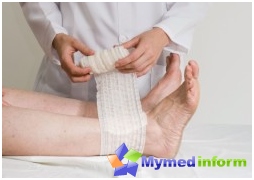
During the direct treatment of trophic ulcers, the inflammatory process is eliminated. For this, an ulcer should be cleaned of dead tissues, which should prevent the development of infection and further damage to the skin, muscles and bones. For this purpose, various modern antiseptic products are mainly used. For this, drugs that have silver are also applied. In order for the treatment to be productive, the patient needs to wear special orthopedic shoes or a special compression stocking.
When aggravating the disease, the patient is supposed to be a bed. But even when bedding is appointed, the patient needs to perform simple exercise.
When the ulcer is cleared, therapy is usually assigned to scarring education. At the same time, the wound should be discharged. In addition, the wound must dry and become scarlet. In the event that the size of the ulcers is small and she did not hide the tendon, bone and muscle, they are usually prescribed special ointments and creams, as well as ozone therapy. Such treatment often in this case is enough.
If the ulcer is much deeper, then it is necessary to resort to plastic surgery. For this, the pathological section of the skin is processed, and then a piece of healthy skin is transplanted on it. After such an operation, the patient needs to wear special compression linens and adhere to some other recommendations of the doctor. Then tracks disappear pretty quickly. In the most difficult cases when the trophic ulcer led to the sacrifice of the foot or fingers, the question of the need for amputation of the affected part of the body. MirSees noted that in this case it is only so possible to restore normal blood supply and what is even more important, to preserve the patient life.



